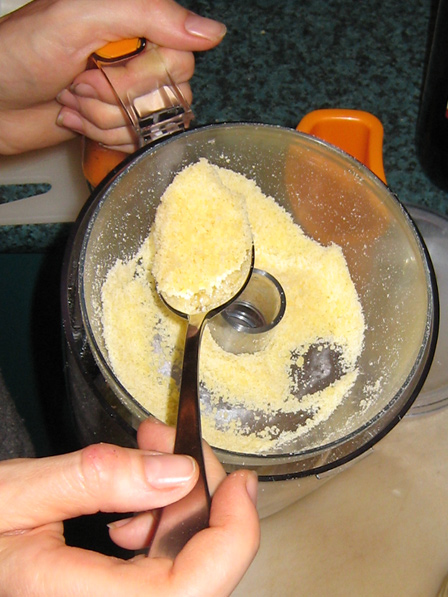A few months ago, I wrote about the sad demise of our water kefir. Now, after a good deal of chasing around, I’m happy to say that we have a healthy colony of water kefir once again.

Several of Rebecca’s pets
I went on a wild-goose-chase trying to find some water kefir grains from sources in New Zealand. It seemed that everyone was having the same problems: the grains had become sluggish and were failing to reproduce. Finally, I gave up and imported some water kefir from Australia. This was expensive and took a very long time! When the dried grains arrived (back in early August), I had to reconstitute them and tend them carefully for several weeks before they were up and running properly. I’m happy to say that all the effort and expense has paid off. We’re enjoying delicious water kefir drinks and I’ve already shared spare grains with a number of people. They are reproducing like crazy! Our old grains were certainly never this lively! I feel confident that the water kefir will remain healthy this time, as I think I’ve got a much better idea of how best to tend the culture. I’m having fun experimenting with our spare grains, making different flavoured water kefir sodas using honey and different kinds of herbs.
It’s very satisfying to look up at all the live ferments brewing, fizzing, and multiplying on the kitchen shelf. We like to call them our pets! We now have milk kefir, Caspian Sea yoghurt, kombucha, water kefir, traditional ginger beer plant (this is similar to water kefir grains), a 2 year old wild sourdough starter, and a ginger beer bug. What a lineup!
If anyone would like to share any of these “pets,” please contact me via email. If you live locally, you could get them off me when we are in Kaitaia. If you live in another part of New Zealand, I could send them to you overnight via Courier Post, though I do charge extra for shipping.
Coming soon: More details on how to keep a healthy water kefir colony.

